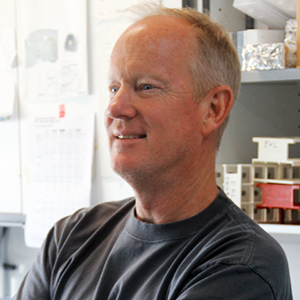Measurements of local Ca2+ signalling at different developmental stages and/or in specific cell types is important for understanding aspects of brain functioning. The use of light excitation in fluorescence imaging can cause phototoxicity, photobleaching and auto-fluorescence. In contrast, bioluminescence does not require the input of radiative energy and can therefore be measured over long periods, with very high temporal resolution. Aequorin is a genetically encoded Ca2+-sensitive bioluminescent protein, however, its low quantum yield prevents dynamic measurements of Ca2+ responses in single cells. To overcome this limitation, we recently reported the bi-functional Ca2+ reporter gene, GFP-aequorin (GA), which was developed specifically to improve the light output and stability of aequorin chimeras [V. Baubet, et al., (2000) PNAS, 97, 7260-7265]. In the current study, we have genetically targeted GA to different microdomains important in synaptic transmission, including to the mitochondrial matrix, endoplasmic reticulum, synaptic vesicles and to the postsynaptic density. We demonstrate that these reporters enable ‘real-time’ measurements of subcellular Ca2+ changes in single mammalian neurons using bioluminescence. The high signal-to-noise ratio of these reporters is also important in that it affords the visualization of Ca2+ dynamics in cell-cell communication in neuronal cultures and tissue slices. Further, we demonstrate the utility of this approach in ex-vivo preparations of mammalian retina, a paradigm in which external light input should be controlled. This represents a novel molecular imaging approach for non-invasive monitoring of local Ca2+ dynamics and cellular communication in tissue or whole animal studies.
Visualization of local Ca2+ dynamics with genetically encoded bioluminescent reporters
Rogers, K. L.; Stinnakre, J.; Agulhon, C.; Jublot, D.; Shorte, S. L.; Kremer, E. J.; Brulet, P.
2005
European Journal of Neuroscience
2005-02 / vol 21 / pages 597-610
Abstract
0953-816X
IGMM team(s) involved in this publication

Eric J Kremer
Adénovirus : Récepteurs, Trafic Intracellulaire et Vectorologie
Étiquettes
proteins; cells; bioluminescence imaging; ca2+ microdomains; ca2+-dependent neural activity; calcium-concentration; coelenterazine analogs; endoplasmic-reticulum; fluorescent indicators; hippocampal-neurons; microdomains; recombinant semisynthetic aequorins; synaptic stimulation
